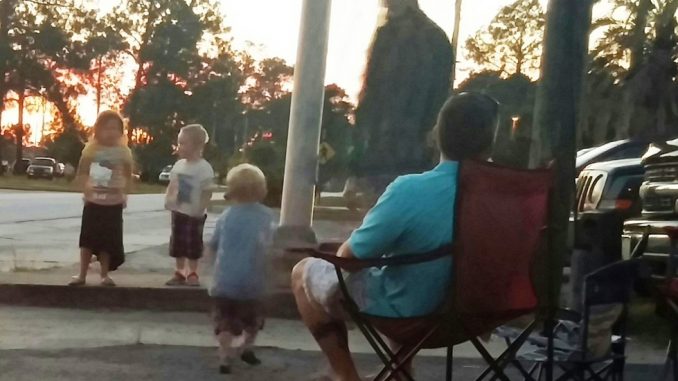
Scientists have unveiled a new type of quantum camera that they say is capable of capturing ghosts on film.
Due to a process Einstein dubbed “spooky” – scientists are now able to snap ghosts on film thanks to the development of these new cameras.

BYPASS THE CENSORS
Sign up to get unfiltered news delivered straight to your inbox.
You can unsubscribe any time. By subscribing you agree to our Terms of Use
Latest Video
Collective-evolution.com reports:
A normal digital camera is capable of capturing objects that aren’t immediately visible to its lens. But the ghost imaging technique, which shoots an image of an object from light without light ever bouncing off the object, is the result of quantum entanglement.
Quantum entanglement refers to the quantum states of two or more objects having an instantaneous link regardless of how far separated they are.
“For example, it is possible to prepare two particles in a single quantum state such that when one is observed to be spin-up, the other one will always be observed to be spin-down and vice versa, this despite the fact that it is impossible to predict, according to quantum mechanics, which set of measurements will be observed,” notes Science Daily.
In other words, measurements executed on the same system seem to be directly influencing other systems entangled with it. The problem is, no one seems to know exactly how it works.
Quantum cameras snap ghost images by using two separate laser beams with their photons entangled. Just one beam witnesses the object pictured, yet the image can still be created no matter which beam hits the camera.
“What they’ve done is a very clever trick. In some ways it is magical,” noted quantum optics expert Paul Lett of the National Institute of Standards and Technology in Gaithersburg, Maryland. “There is not new physics here, though, but a neat demonstration of physics.”
To conduct the actual experiment, whose results were published in the journal Nature, researchers used stencils of tiny cats and a trident etched into silicon. They passed two beams of light through the stencils at a different wavelength, and discovered that the first and second beam got entangled, but the second one didn’t hit the target, and was actually travelling on a different line.
The truly astonishing outcome was that the second light also exposed pictures of the objects when a camera was focused on it, despite the fact that it had never hit any of the objects.
This technology could lead to improvements in medical imaging or silicon chip lithography in instances where visibility is poor. Doctors could even use this to better understand creating images in visible light even when they are snapped in infrared light, for example.
“This is a long-standing, really neat experimental idea,” said Lett. “Now we have to see whether or not it will lead to something practical, or will remain just a clever demonstration of quantum mechanics.”


